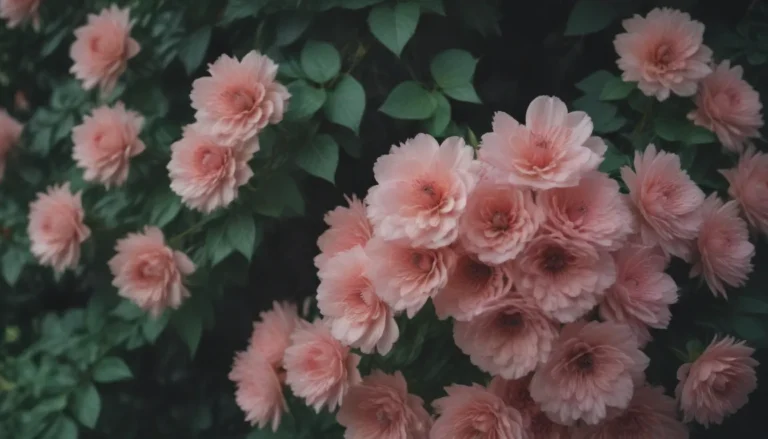How to Grow, Care for, and Enjoy Anise Hyssop

If you’re looking to add a unique, aromatic herb to your garden that attracts pollinators and offers a variety of uses, Anise Hyssop is the perfect choice. Contrary to its misleading name, Anise Hyssop (Agastache foeniculum) is not actually anise or hyssop, but a member of the mint family that boasts a subtle scent reminiscent of anise or basil. This clump-forming perennial native to the Midwest and Great Plains is easy to grow and care for, making it a popular choice for many gardeners.
From planting and caring for Anise Hyssop to using it in the kitchen and garden, this article will provide you with all the information you need to successfully grow and enjoy this versatile herb.
Planting Anise Hyssop
Planting Anise Hyssop is a straightforward process that can be done in the spring after the last frost. Whether you’re starting from seedlings or mature plants, here are a few tips to ensure your Anise Hyssop thrives:
- Plant seedlings 18 to 24 inches apart in borders, wildflower gardens, herb gardens, or containers.
- Choose a location that receives full sun for optimal growth.
- Ensure the soil is fertile, well-drained, and close to neutral pH to prevent root rot.
By following these simple guidelines, you can set your Anise Hyssop up for success from the start.
Anise Hyssop Care Tips
Taking care of Anise Hyssop is relatively low-maintenance once established. Here are some essential care tips to keep your plants healthy and thriving:
- Watering: Water newly planted Anise Hyssop weekly for the first four weeks, then cease watering once established.
- Fertilizing: Feed your Anise Hyssop with organic compost every other year in early spring.
- Pruning: Prune in early spring to encourage bushy growth and remove dead plant material.
With proper care, your Anise Hyssop will reward you with beautiful blooms and a delightful licorice scent in the garden.
Uses for Anise Hyssop
Anise Hyssop has a long history of medicinal use by Native Americans and offers a variety of uses in the garden and kitchen. Here are some creative ways to incorporate Anise Hyssop into your daily life:
- Use the leaves in salads, teas, and cooking for a subtle licorice flavor.
- Attract pollinators with the flowers’ nectar, including bees, butterflies, and hummingbirds.
- Save seeds for baking or add dried flowers to potpourri or floral arrangements.
By exploring the many uses of Anise Hyssop, you can enjoy its benefits both aesthetically and culinarily.
Varieties of Anise Hyssop
With over 30 different varieties of Agastache available, you can choose from a wide range of flower colors, heights, and foliage characteristics. Some popular varieties include:
- ‘Alabaster’
- ‘Black Adder’
- ‘Blue Blazes’
- ‘Blue Fountain’/’Blue Spike’
- ‘Golden Jubiliee’
- ‘Liquorice Blue’
- ‘Purple Haze’
- ‘Red Fortune’
- ‘Snow Spike’
Each variety offers unique qualities that can enhance your garden and attract pollinators.
Propagation and Maintenance
Anise Hyssop is a self-seeding plant that can spread easily in the right conditions. To propagate and maintain your Anise Hyssop:
- Divide the plant every 3 to 5 years to prevent the center from dying out.
- Collect seeds for future planting or save seeds from mature plants for next year’s growth.
By practicing proper propagation techniques, you can ensure a healthy and vibrant Anise Hyssop garden year after year.
Common Pests and Diseases
While Anise Hyssop is a hardy and resistant plant, it is not immune to certain pests and diseases. Be on the lookout for issues such as crown/root rot, rust, powdery mildew, and leaf spots. By monitoring your plants and addressing any problems promptly, you can protect your Anise Hyssop from potential threats.
In conclusion, Anise Hyssop is a versatile and easy-to-grow herb that offers beauty, fragrance, and culinary uses in the garden. By following the care tips outlined in this article, you can enjoy a thriving Anise Hyssop garden that attracts pollinators and enhances your outdoor space. Whether you’re a seasoned gardener or a beginner, Anise Hyssop is a rewarding plant to add to your landscape.





